Those in search of an Anthurium characterized by uncomplicated care will find success with the Anthurium Gracile, and will be rewarded by its affordable price.
The leaves of Anthurium Gracile are bright, thin, and feel somewhat leathery. In ample light, the leaf base can take on a reddish hue. Some cultivated forms also tend to show a reddish coloration on the stem.
Its compactly growing stem gives it a bushy appearance. As the leaves protrude forward and gently taper towards the tip, the plant becomes quite expansive. Unlike Pallidiflorum and similar „Long-Boys,“ creating a leaf curtain without tilting the pot becomes challenging.
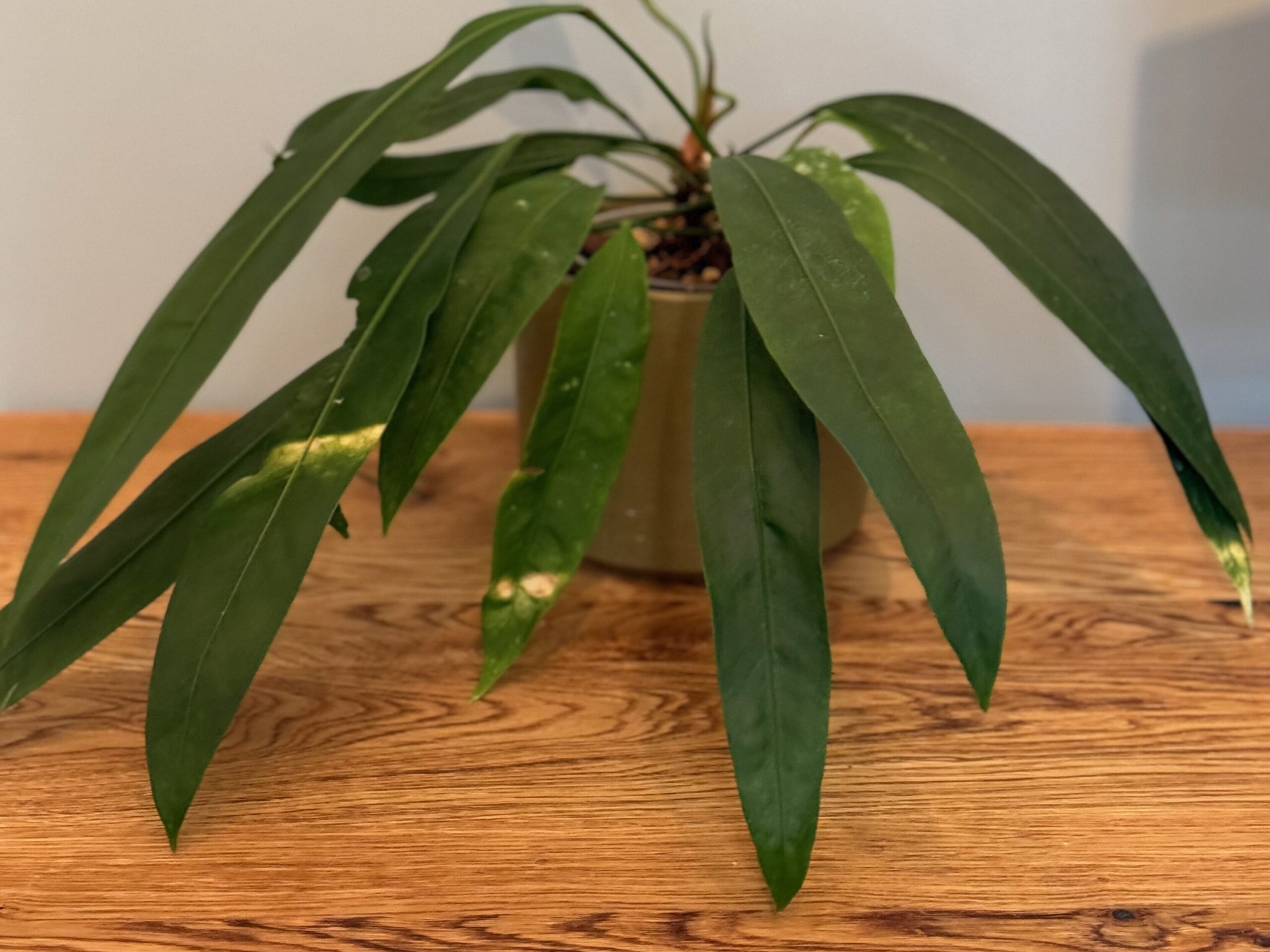
Care
In comparison the Anthurium Gracile is easy to handle but requires a more aerated substrate due to its fleshy, almost orchid-like roots. This allows it to stay dry longer, reducing the risk of root rot.
Semi-hydroponics is also a trouble-free alternative to organic substrates.
The humidity can be slightly lower than for most other Anthurium species. Spider mites have not been an issue, with only a reported incidence of thrips.
Personal Experience
I cultivated my Gracile almost exclusively in display cases, maintaining humidity between 50% and 80%, and providing artificial light for 12 to 14 hours daily. Despite occasional neglect, it took just under a year to reach the second generation from seeds. During the summer, the room temperature often soared between 20 and 28°C in the evenings.
Now, it resides outside the display case and thrives even with 40% humidity.
Spider mites posed no challenge, and I only encountered a thrips infestation. Despite visible leaf damage, the impact on growth was minimal.
Inflorescence
Anthurium Gracile is highly prolific in flowering, typically producing a new bloom with each leaf. Being self-pollinating, no specific action is required for the development of red berries. The inflorescences are unusually located beneath the leaves.
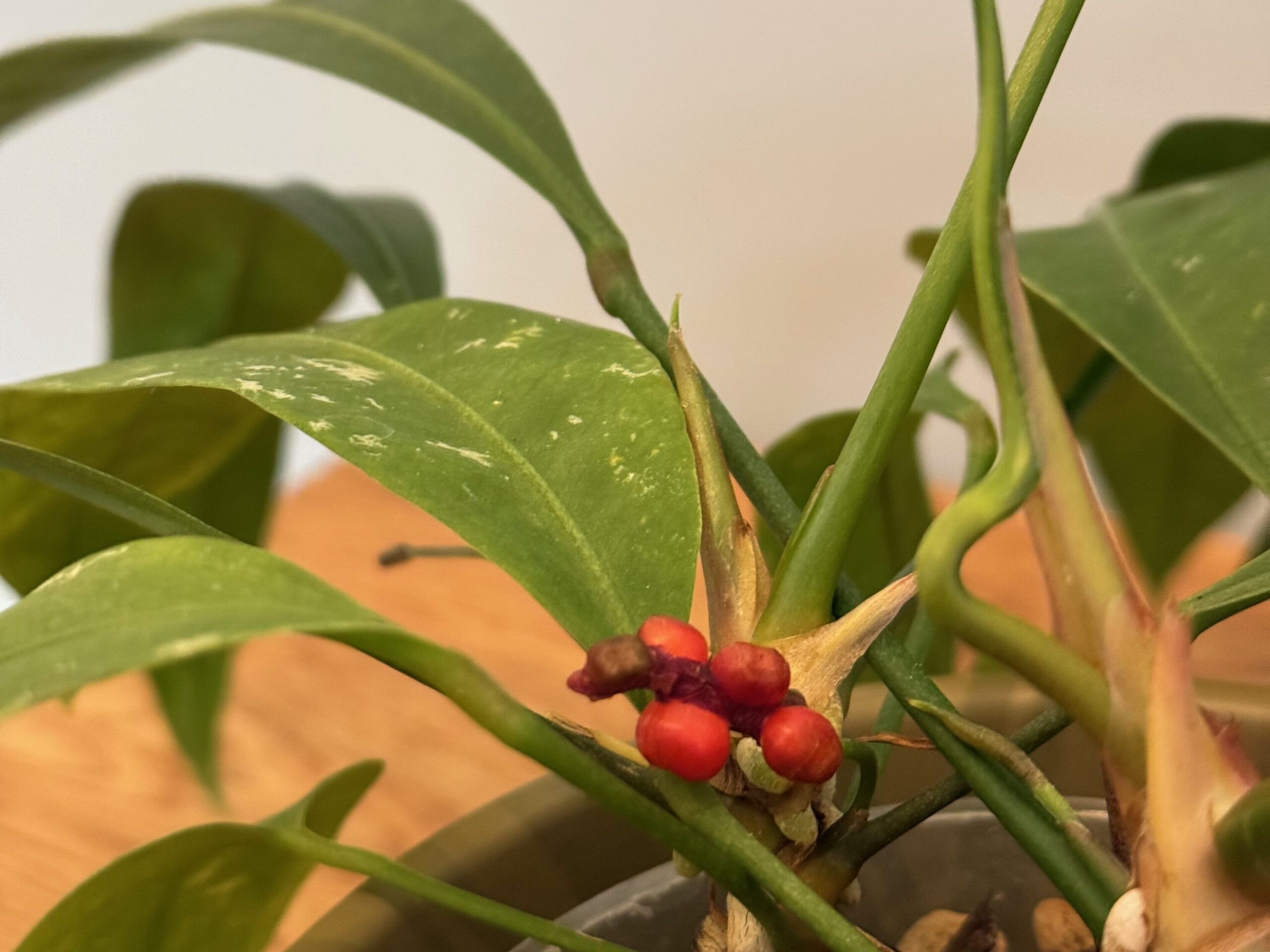
In contrast to other species, the berries ripen in just a few weeks rather than several months. Due to the low cost and high frequency of new seedlings, it’s advisable to trim the inflorescences in the long run to avoid unnecessary stress on the plant.
Crossbreeding
Belonging to the Leptanthurium section along with Vittariifolium, Anthurium Gracile has no known other species. However, successful pollination with closely related sections may occur with some luck.
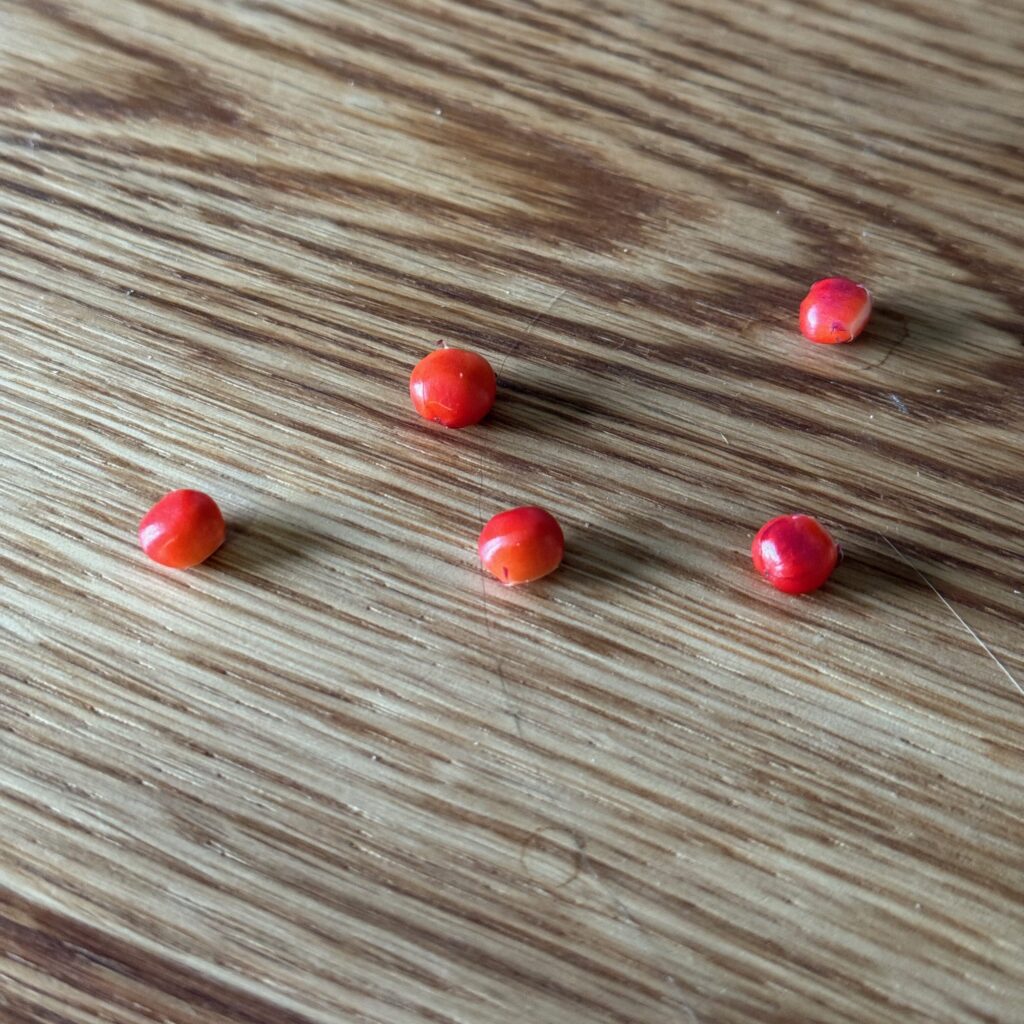
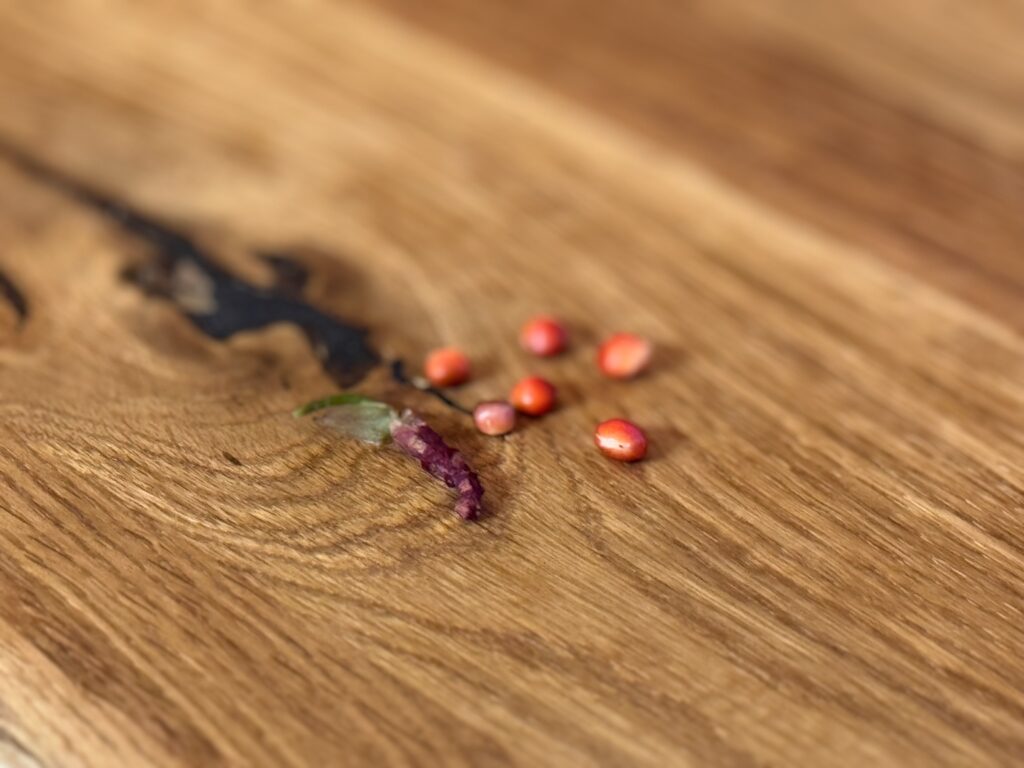
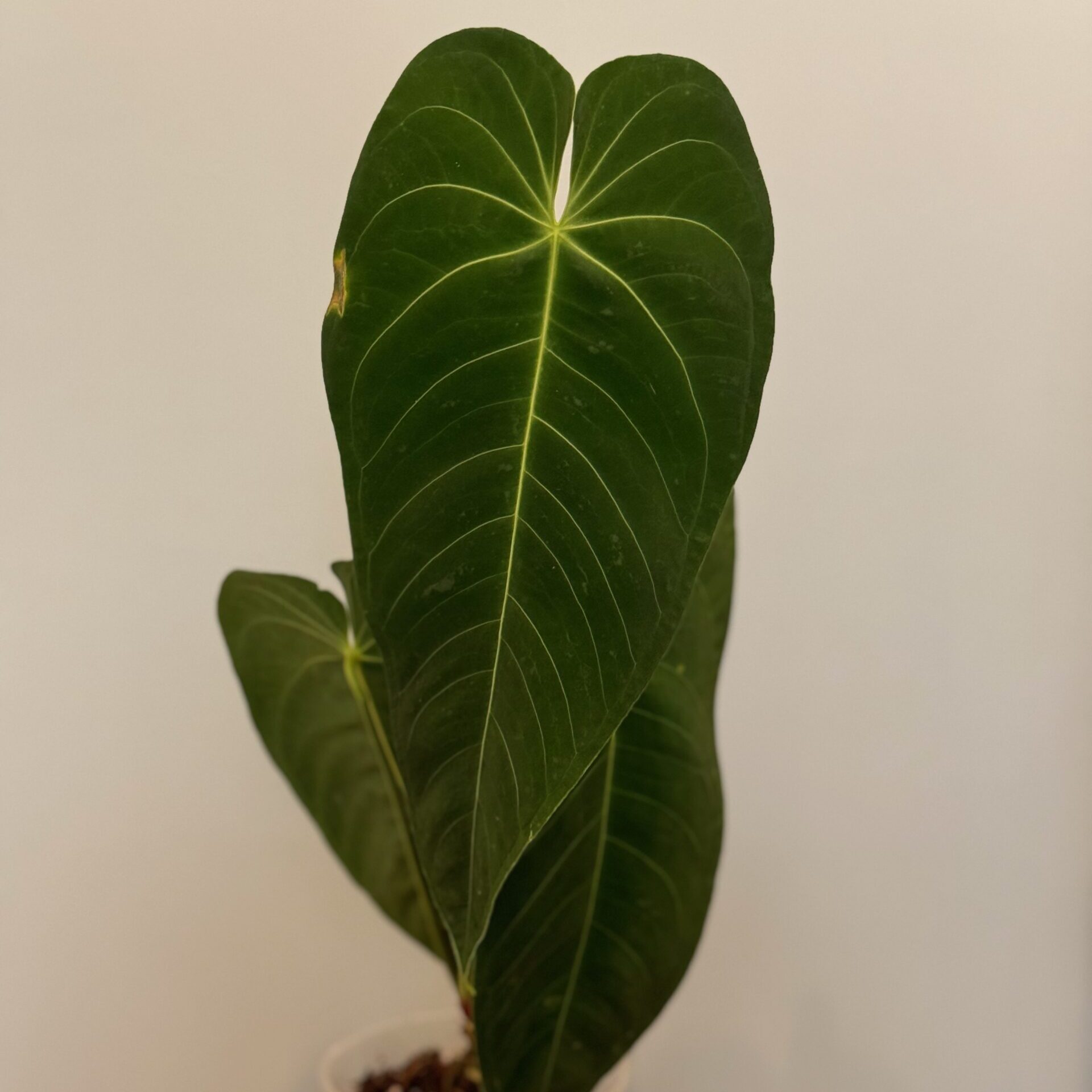
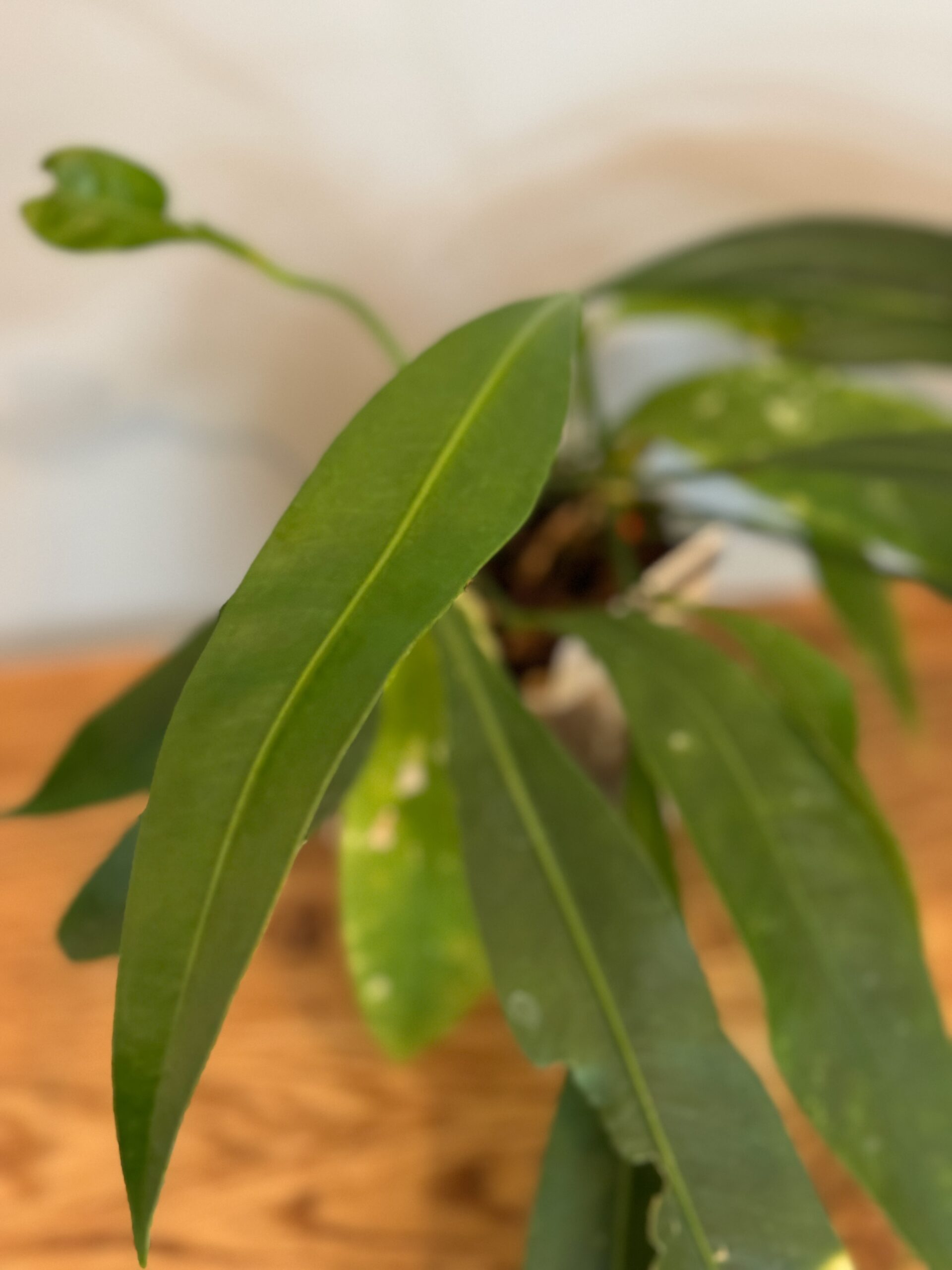
Leave a Reply